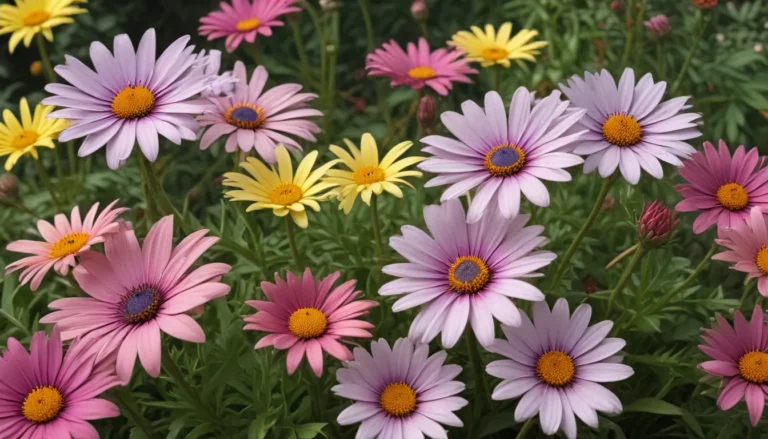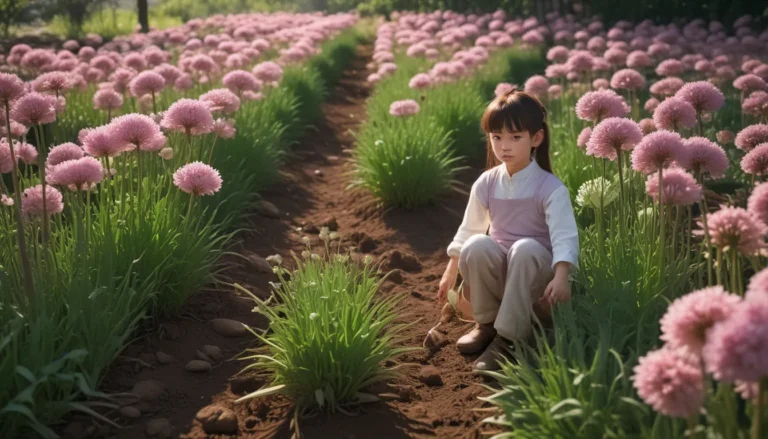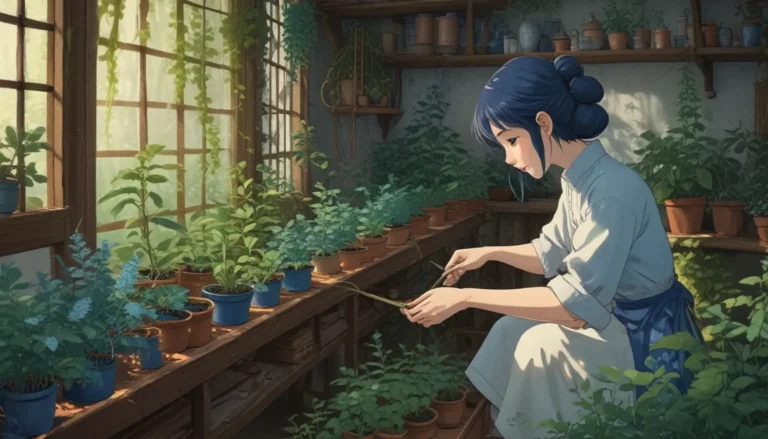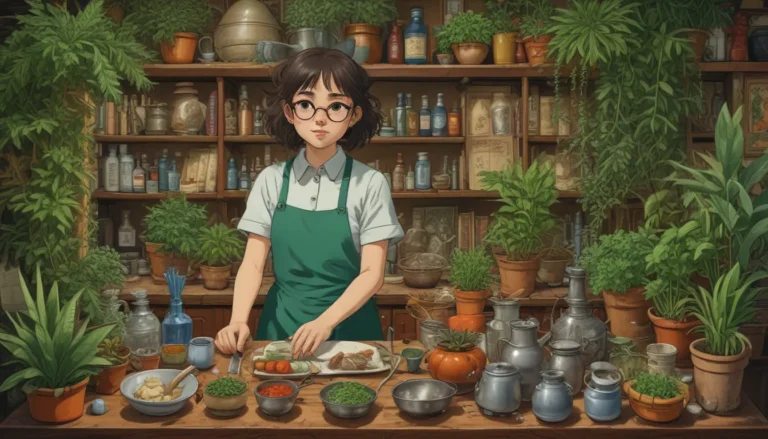A Comprehensive Guide to Growing Amaryllis in Your Garden
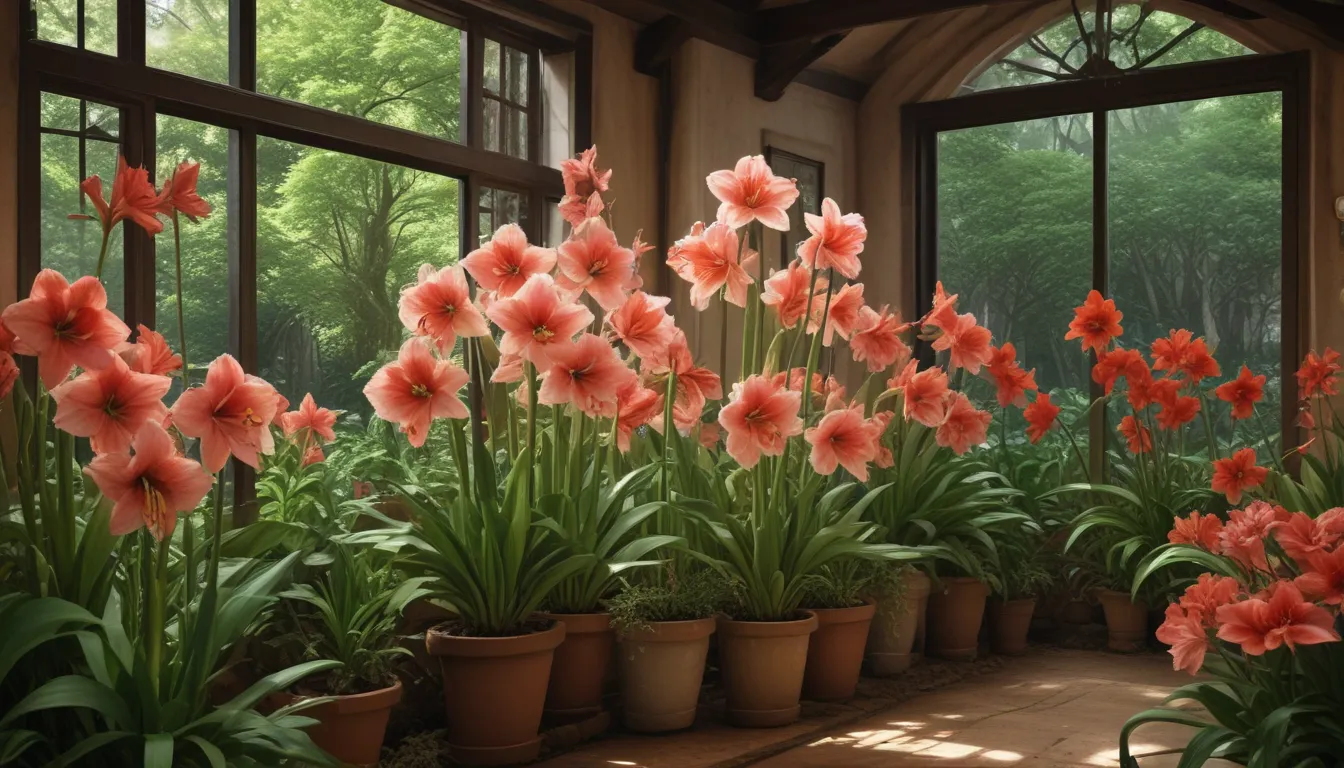
Discovering Hippeastrum x hybridum
If you’re looking for vibrant, showy flowers to grace your garden in USDA Hardiness Zones 9 to 11, look no further than the amaryllis, Hippeastrum x hybridum. Known for its large, lily-like blooms, these tropical beauties can also be coaxed into blooming indoors during the winter holidays, making them a versatile plant for gardeners in any growing zone.
In this detailed guide, we will explore everything you need to know to successfully cultivate amaryllis outdoors in your garden or containers, particularly in regions where the climate is suitable for their perennial growth.
So, let’s dive in and explore the exciting world of amaryllis gardening!
What You’ll Learn
- An Introduction to Amaryllis – Getting Started with Amaryllis – Tips for Growing Amaryllis – Essential Maintenance Guidelines – Choosing the Right Cultivars – Dealing with Pests and Diseases – Best Practices for Utilizing Amaryllis
Let’s kick things off with a brief history of the amaryllis plant.
An Introduction to Amaryllis
The story of amaryllis dates back to the 1700s when Swedish botanist Charles Linneaus introduced the Amaryllis genus to classify Amaryllis belladonna, a South African flower known today as the Jersey lily. Later, British botanist William Herbert identified several South American star-like blooms as “knight’s stars,” leading to the creation of a new genus known as Hippeastrum.
While botanists later established distinct genera for these plant species, the name amaryllis continued to be commonly used to refer to Hippeastrum hybrids, which include various South and Central American species and cultivated varieties.
These stunning flowers come in a wide range of colors, shapes, and patterns, with bulbs ranging in size from 10 to 14 inches in diameter. From Nymphs with multiple layers of petals to Papilios resembling butterflies, the diversity of amaryllis varieties is simply captivating.
When grown outdoors, these plants naturally bloom in the spring, producing large, striking flowers on tall scapes. While they can’t withstand frost, they can be grown as annuals in cooler regions or lifted for overwintering.
Getting Started with Amaryllis
To begin your amaryllis gardening journey, you’ll need to start with a bulb, seed, offset, or bulb section. Purchasing a dormant bulb is the easiest option, as it offers the potential for multiple scapes and blooming flowers.
For those interested in propagating their plants, seed collection, offset division, or bulb resectioning are viable options. While growing from seed can take several years, offsets and bulb sections allow for cloning the parent plant.
Whether you’re planting outdoors or in containers, proper care is essential for successful growth and blooming.
Tips for Growing Amaryllis
Outdoor Garden Cultivation
- Choose a sunny to partially shaded location with organically-rich, well-draining soil.
- Plant bulbs in the spring or fall, leaving one-third exposed above the soil.
- Space bulbs 12 to 15 inches apart in odd-numbered groupings for optimal growth.
- Mulch around the base of the bulbs to suppress weeds and retain moisture.
- Use a slow-release fertilizer to promote healthy foliage and blooming.
Container Gardening
- Select containers with drainage holes and a snug fit for the bulb.
- Use well-draining potting medium and water only when the soil is dry.
- Move containers to part shade after blooming to maintain plant health.
Winter Care
- Bring indoor-blooming bulbs indoors before the first frost in cooler regions.
- Store bulbs in a cool, dry location during dormancy without watering.
By following these tips, you can ensure your amaryllis plants thrive and produce stunning blooms year after year.
Essential Maintenance Guidelines
As your amaryllis plants grow, it’s essential to provide proper care and maintenance to keep them healthy and blooming. Here are some key maintenance tips to keep in mind:
- Apply a balanced, slow-release fertilizer in late winter to boost plant vigor.
- Water the soil around the bulbs sparingly after the first sprout appears.
- Remove and replace old mulch annually to prevent pests and disease.
- Stake flower stalks if necessary, being careful not to damage the bulbs.
- Divide large clumps of bulbs as needed in late summer or early fall.
Following these maintenance guidelines will help your amaryllis plants thrive and produce beautiful blooms year after year.
Choosing the Right Cultivars
With a wide range of cultivated varieties available, selecting the right amaryllis plants for your garden can be an exciting experience. Here are three popular cultivars to consider:
Grand Diva
- Features velvety, burgundy-red petals on 20- to 24-inch stems.
- Produces four to five richly-hued blooms that are sure to make a statement in your garden.
Picotee
- Boasts eight-inch creamy white petals with red edging on sturdy stems.
- Makes a bold statement in beds, borders, and containers with its large, striking flowers.
Sweet Lillian
- A Cybister hybrid with vibrant pink and magenta petals on ivory canvas.
- Produces four to six stunning blooms on 20- to 24-inch stems, resembling butterfly wings.
By choosing the right cultivars for your garden, you can create a visually stunning display of colorful and unique amaryllis flowers.
Dealing with Pests and Diseases
While amaryllis plants are relatively low maintenance, they can occasionally fall prey to pests and diseases. Here are some common issues to watch out for:
Pest Management
- Keep garden beds and containers free of weeds to prevent pest infestations.
- Rinse off sap-sucking pests like aphids and mealybugs with water.
- Use neem oil or insecticidal soap for larger pest infestations.
Disease Control
- Watch out for red blotch and soft bulb rot, which can affect plant health.
- Apply fungicide or warm water treatment to control fungal diseases.
- Implement proper watering and sunlight practices to prevent disease outbreaks.
By staying vigilant and implementing proper pest and disease management practices, you can ensure the health and vitality of your amaryllis plants.
Best Practices for Utilizing Amaryllis
From garden beds to containers, amaryllis plants offer endless possibilities for creative displays and vibrant blooms. Here are some best practices for utilizing these stunning flowers:
- Plant en masse for stunning garden displays or dot the landscape with colorful focal points.
- Gift potted amaryllis plants to fellow gardeners for a thoughtful present.
- Explore a variety of cultivars to create a diverse and visually appealing garden design.
With their striking blooms and versatility, amaryllis plants are sure to become a favorite addition to any garden or landscape.
Conclusion
In conclusion, growing amaryllis plants in your garden can be a rewarding and enjoyable experience. By following the tips and guidelines outlined in this comprehensive guide, you can successfully cultivate these stunning flowers and enjoy their colorful blooms year after year.
Whether you’re a seasoned gardener looking to expand your plant collection or a novice enthusiast eager to explore new possibilities, amaryllis plants offer a captivating and exciting opportunity for gardeners of all skill levels.
So, why wait? Get started with your amaryllis gardening journey today and discover the beauty and elegance of these starry dazzlers in your own garden!
Do you have any tips or experiences to share about growing amaryllis plants in your garden? Feel free to leave a comment below and join the conversation.
For more information on growing flowers and plants in your garden, be sure to check out our other informative guides on delightful dahlias, peony tulips, and crocus flowers.
In this extensive guide, we’ve explored the fascinating world of amaryllis plants and provided valuable insights and tips for growing these stunning flowers in your garden. Whether you’re a seasoned gardener or a novice enthusiast, there’s something for everyone to learn and enjoy in the colorful realm of amaryllis gardening. So, roll up your sleeves, grab your gardening tools, and let the starry dazzlers of the amaryllis plant light up your garden with their vibrant blooms and irresistible charm. Happy gardening!
